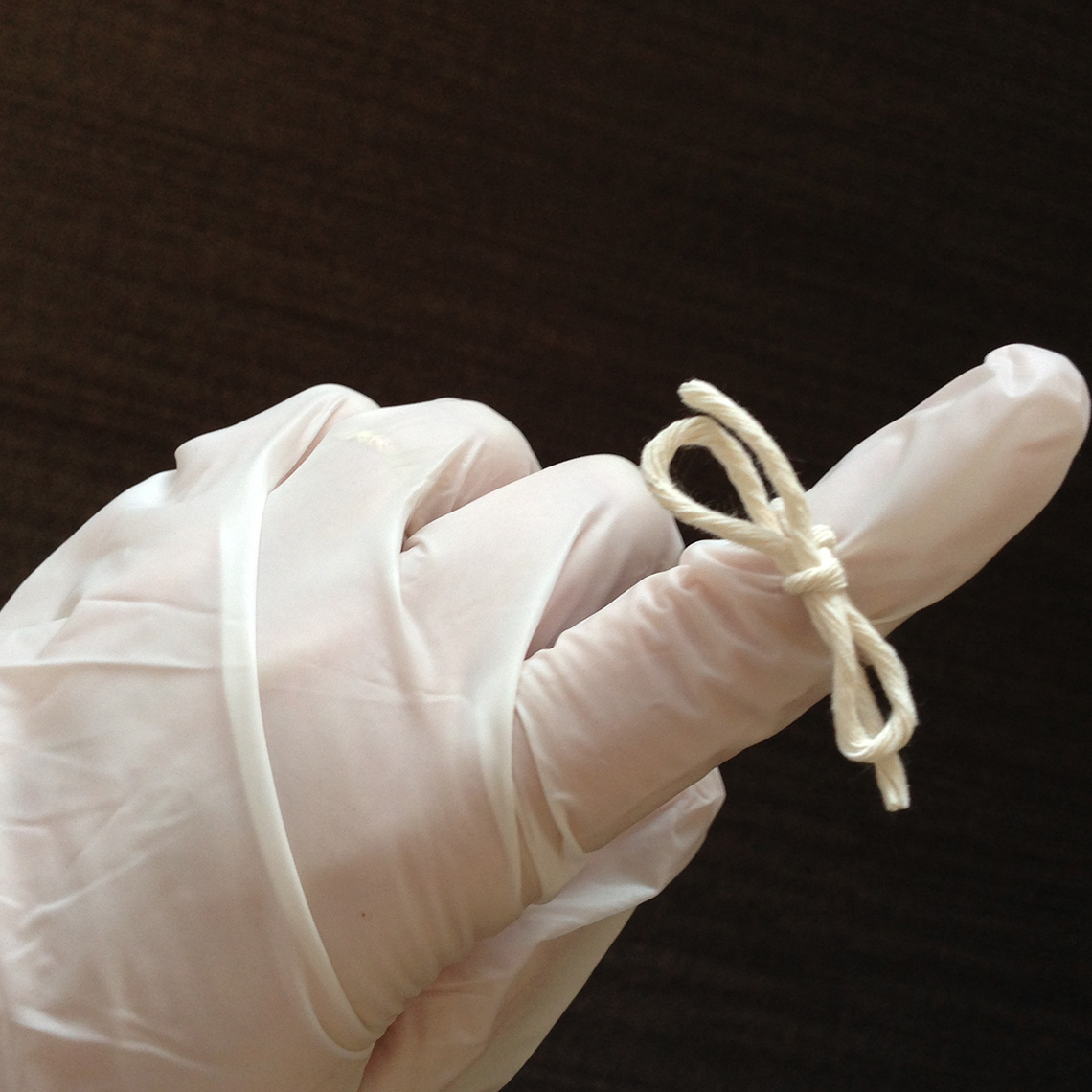Newsletter
Patient Safety in an Understaffed Care Setting
Feb 28, 2022
COVID-19, burnout, the big quit, and myriad other reasons have left health care delivery systems short-handed. The scramble to fill shifts and service employee gaps means that patients are increasingly frustrated and, perhaps, at greater risk of a misstep in their care. While others try to figure out how to better attract and retain staff, those who are on the front lines—veterans, new hires, and temps can look to a few basic practices to protect themselves and their patients.
The primary strategy that any organization facing staffing challenges can implement to reduce the risk of medical errors is to foster a culture of trust and collaboration. No matter their length of service, all staff should feel comfortable speaking up about safety concerns. More specifically, health care providers should consider sharing these practices for addressing workload and workflow concerns.
Promote Safety, Support, and Teamwork
|
If you are “open for business,” then even patients who may be fully aware of, and empathetic about, staffing shortages will expect the same level of care safety as before. A culture of collaboration and honest communication are critical to meeting those expectations.
Newsletters
Utilization of Electronic Health Record Sex and Gender Demographic Fields: A Metadata and Mixed Methods Analysis





